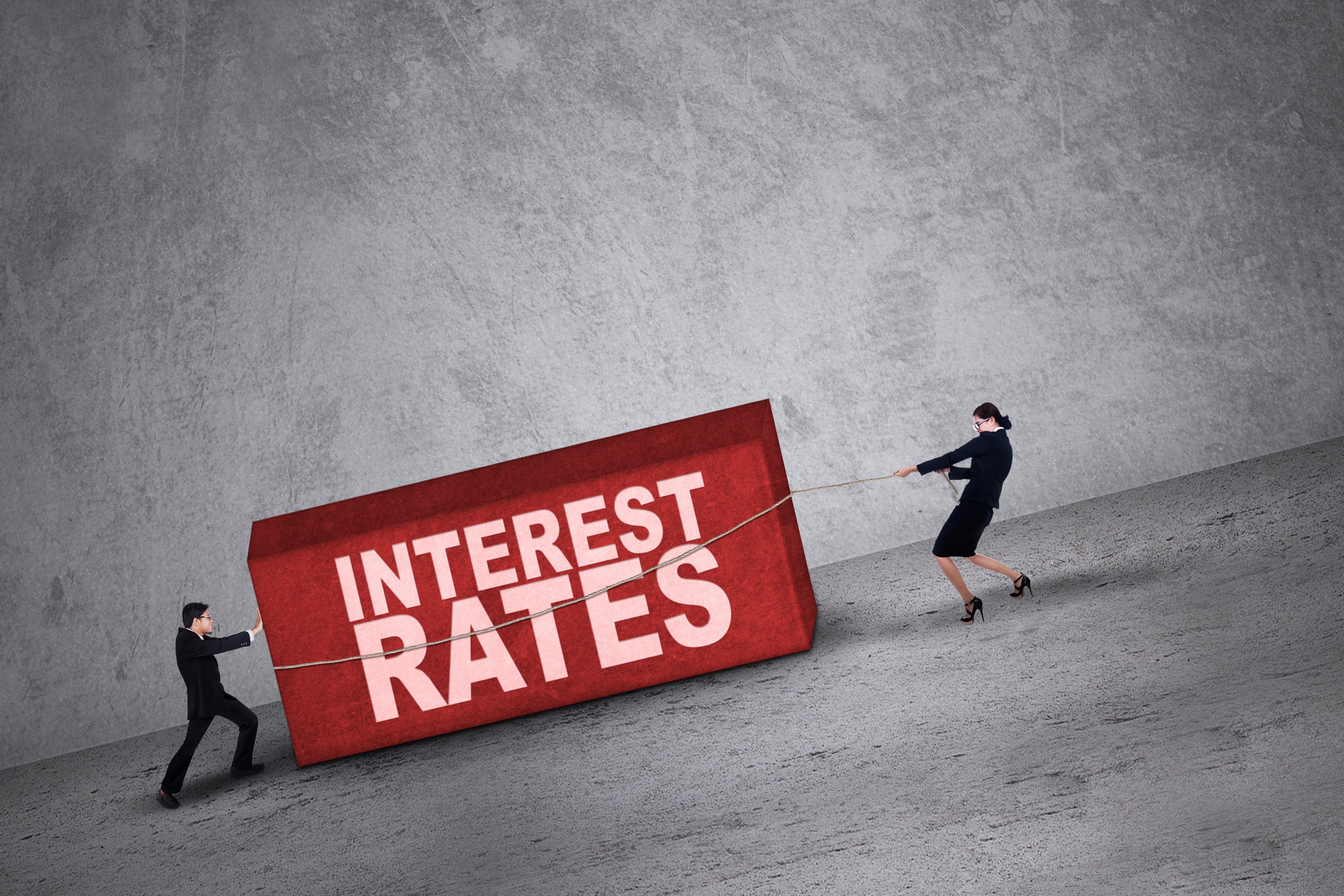November 10
Inflation and economic uncertainty are impacting IT decisions across every industry as 2022 limps to a close. As of September, the US inflation rate remained slightly above eight percent, which has forced the Federal Reserve to hike interest rates four times four times during the year in an effort to slow rising costs. The situation poses unique challenges for technology leaders charged with implementing sweeping digital transformation initiatives without breaking their IT budgets. As they assess their existing tech stacks and decide whether to invest in building out new infrastructure or migrate their assets into a colocation or cloud environment, they need to consider how interest rates and inflation could have a lasting effect on their IT spend.
How Inflation Impacts Build vs Buy Considerations
Over the last decade, organizations saddled with aging IT infrastructure have repeatedly wrestled with the question of whether to keep their equipment and applications on-premises or outsource to a colocation or cloud vendor. While important compliance standards and operational considerations often impact these decisions, cost frequently ends up being the most important issue at hand. Specifically, companies must decide whether they want to take on the capital expense (CapEx) of building their own data solution or instead convert their IT spend into an ongoing operational expense (OpEx).
While the prospect of investing in an on-premises solution up front and saving costs in the long run might sound appealing in an uncertain economy where inflation may lead to price increases in the future, sky-rocketing interest rates have made this option much less attractive. Very few organizations have the cash on hand to pay for the construction of a new data center outright, and the high cost of borrowing money in the current environment means that building these facilities is even more expensive now.
Breaking Down the Costs of Building a Data Center
Building a private data center or refurbishing existing IT infrastructure falls under CapEx because they require a significant investment up-front. Since most organizations finance construction by taking on debt, understanding those expenses and how they would be impacted by rising interest rates is critically important for IT leaders.
The total costs of building the facility go beyond the structure itself:
- Land Acquisition: The first step in building a data center is finding property that’s suitable for a facility. Land acquisition costs include the property translation itself, consultant fees, and brokerage fees. Typically makes up 2.5 percent of the total project cost.
- Base Building Construction: The actual construction costs of the data center shell includes more than just the structure itself. Apart from architectural planning, companies will also need to obtain building permits, pay local taxes, tie-in to existing utilities, excavate and grade land, and construct access roadways. About 16 percent of building costs go toward actual construction.
- Mechanical and Electrical Equipment: After the data center shell is constructed, it must be outfitted with all the infrastructure necessary to provide power, cooling, security, and monitoring. This includes equipment like cabling, A/C units, security equipment, and backup systems. According to industry estimates, 82-85 percent of the initial capital investment goes toward this phase. It’s worth noting that this does not include the cost of servers and networking equipment.
According to a 2017 study by the US Chamber of Commerce, the total CapEx of a typical data center comes out to about $215.5 million, or $1305 per square foot. And that’s not accounting for the ongoing annual operating expenditures, which are about $18.5 million per year (roughly 8.5% of the initial CapEx). With the Federal Reserve approving another interest increase in November and suggesting that another increase could be on the horizon, the total cost of ownership for a new data center will only continue to rise.
Although innovations in data center construction have shortened construction time to an average of 12 to 18 months, current labor and supply chain shortages are likely to cause unexpected delays. If an organization needs to get its new infrastructure up and running quickly to drive its digital transformation strategy, opting to build a dedicated private data center could make it difficult to achieve those goals on time and within budget.
The Benefits of Colocation and Cloud Computing in Uncertain Times
Partnering with a strategic colocation data center that offers direct access to the world’s leading cloud platforms and industry clouds provides tremendous flexibility that is difficult to achieve with an on-premises solution even under the best conditions. While some IT leaders may have understandable concerns about taking on the recurring expense of renting space in a colocation facility or hosting assets in the cloud, the overall costs are typically much cheaper than building and managing their own solution.
Many colocation customers have further streamlined their IT spending by leasing servers and other equipment from their provider. This not only helps them avoid the capital expense of buying IT gear outright, but also allows them to break free from refresh cycles that force companies to replace hardware every few years. Most colocation providers also offer remote hands services that maintain equipment so customers can focus their IT resources elsewhere.



